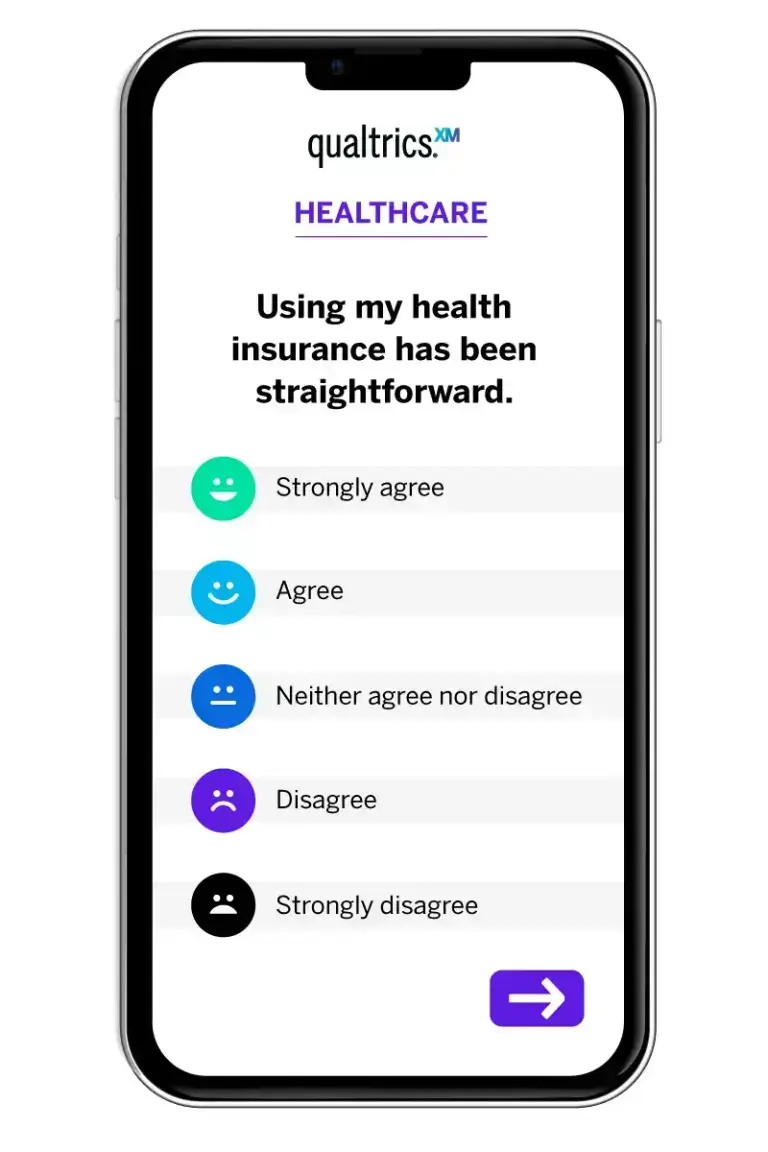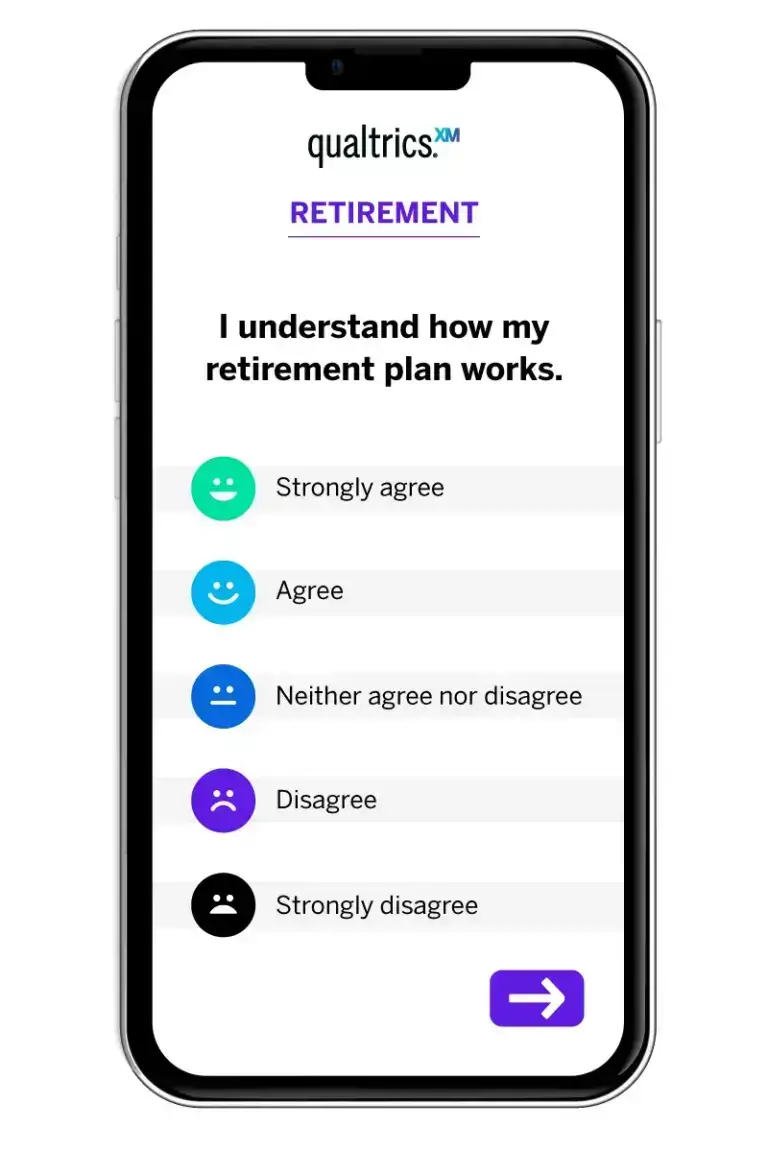Why are employee benefits important?
In recent years we’ve seen a proliferation of employee perks and benefits, from onsite nap rooms to free breakfast, becoming standard at the most desirable workplaces.
Particularly in the technology sector, benefits like these form an important part of employee experience and workplace culture, not to mention providing an attractive proposition to potential candidates. Research from Glassdoor showed that for 48% of job candidates, employee benefits was a deciding factor on whether to apply for a role.
Providing excellent employee benefits can increase employee loyalty, boost recruitment efforts, and show employees that you care about their wellbeing. What’s more, their absence can be detrimental to your employee turnover. According to a 2018 study by Randstad, 42% of employees said they were considering leaving their current jobs because their benefits packages are inadequate, while 55% had left jobs in the past because they found better benefits or perks elsewhere.
You can understand what benefits your employees value most through an employee benefits survey.
Get started with our free survey software today
What are employee benefits surveys?
Different employees value different things. Working parents might benefit most from flexible working and paid time off, while younger employees may see more appeal in away-days, free food and refreshments. As an employer, your challenge is to find the balance that’s right for your people and offer a benefits package that not only suits your current team, but appeals to the future talent you want to attract.
That’s where employee benefits surveys come in. They can help you find out your employees’ opinions when it comes to perks and benefits. They are questionnaires sent out, usually annually, to gather employee feedback on which benefits are most important.
An employee benefits survey asks about your current benefits program, the quality of specific benefits, how they compare to other companies, and any additional benefits employees would like in the future. These can relate to PTO (paid time off), health insurance, parental leave, retirement, stock options, free meals, early-release Fridays, bonuses, team events, personal development allowances, sick days, dental plans and more.
How an employee benefits survey can help your business
Employee benefits play an important role in employee engagement and satisfaction with your organisation. Some employees may not be aware of all the benefits you offer, so an employee benefits survey also keeps your employees up-to-date with the benefits your organisation provides.
Comparing and benchmarking your benefits
Employee satisfaction surveys that include a benefit assessment component provide much-needed information to your organisation. Once you have data from your own survey, you can see how your company benefits compare with national baseline data through the Bureau of Labor Statistics’ National Compensation Survey (NCS).
You can also compare the incidence and detailed provisions of selected employee benefit plans in small private establishments, medium and large private establishments, and state and local governments.
For comparisons with national data, benefits survey data should also be qualified by establishment and employee characteristics such as:
- Establishment size
- Industry group
- Profit vs. non-profit status
- Time vs. incentive status+
What to include in your employee benefits survey
You should know where you stand in all employee benefits areas so you can adapt your policies to meet your employees’ needs and stay relevant in a competitive employment marketplace.
Be specific about your employee benefits
When asking questions about new different benefit areas, it’s helpful to explain how the benefit works so the employee can determine if it would be beneficial to them. For instance, if you’re considering offering a public transport benefit, explain which types of transport it can be used for and how an employee can use it, including limitations and inclusions.
You can also give descriptions of the current benefits you’re offering, in case employees don’t understand the benefit.
Choose a structure
When you set up your employee benefits survey, think about which kinds of questions will offer you the best quality data.
If you’re looking for levels of preference, for example, ranking questions might be appropriate.
If you want to explore why someone hasn’t used their benefits, you might offer multiple choice and free text options.
The Likert scale
For many businesses, employee benefits surveys are based around a Likert scale structure, with a list of statements and a set of answer options for each question:
Strongly agree / agree / neither agree nor disagree / disagree / strongly disagree
You can use a mix of question types and different sections in your survey questionnaire. Bear in mind however that the more complex and effortful the questionnaire is, the greater the risk that participants won’t take or complete it, so lean towards lower-effort question formats like the suggestions above.
Employee benefits survey questions to ask
When you start putting your questionnaire together, it can be helpful to see some employee benefits survey question examples. Depending on the benefits you currently offer or are considering, you might want to ask about these areas:
1. Health insurance
Health insurance can be a major consideration for employees, not just in terms of whether it’s provided but how generous it is and who it covers in the employee’s household.

Example:
- I am satisfied with the level of health insurance provided by my employer
- Using my health insurance has been straightforward
- I feel confident that my healthcare insurance will meet my needs in the future
2. Retirement

Whether you offer defined benefit or defined contribution retirement plans, or a mix of the two, providing for retirement is likely to be important to many employees, especially those with families.
Example:
- I understand how my retirement plan works
- My employer’s contribution to my retirement funds is generous
- I feel confident that I can save enough to retire comfortably
3. Stock options and equity
If you offer stock options and company equity, or if you are considering it, you may want to find out what your employees feel, and whether they have an appetite for these kinds of benefits.
Example:
- I value being offered equity in my company
- I am happy to wait for my stock options in a company to vest
4. Childcare resource and referral services
Providing support for childcare and commitments outside the workplace is increasingly seen as part of a good employer’s remit. If you can offer childcare support your employees find appealing, you may have a greater chance to retain top talent.
Example:
- Having childcare support from my employer makes it easier to do my job
- Having childcare available through work is important
5. Parental leave
Providing a certain level of parental leave, including maternity, paternity and adoption leave, is required by law in some regions. If you offer a package that’s more generous than the standard levels, employees may see it as a sign that you take care of your people and want to invest in them long-term.
Example:
- My employer offers generous parental leave
- I understand my rights to take parental leave
- I understand my employer’s parental leave package
6. Food services and snacks
Whether it’s fresh fruit in the office, a drinks fridge or a weekly lunch on the company, food and snack services not only keep employees happy, but can contribute to your company culture.
Example:
- I am satisfied with the food and snacks available at work
7. Time off
Paid time off and sick leave allowances are at least partly determined by the laws in your geographical region. You can enhance your employees’ experience by giving them an over-and-above allowance.
Example:
- I feel confident that I can take time off when I am sick
- My employer’s paid time off allowance is generous
8. Tuition reimbursement
Student debt can be a huge burden. Employers who offer tuition reimbursement are not only encouraging talent development, but are improving quality of life for employees too.
Example:
- I know how to request tuition reimbursement
- I understand how my company’s tuition reimbursement policy applies to me
9. Learning allowances
Learning allowances give employees a route to upskill and develop their talents, benefiting both employee and company.
Example:
- My employer offers a generous learning allowance
- I can use my learning allowance to develop a skill I wouldn’t have otherwise studied
10. Gym reimbursements
Gym memberships or discounts help keep employees healthy and reduce stress. If they’re something employees would otherwise have paid full price for, they could be valuable wellness benefits.
Example:
- My employer’s gym membership deal saves me money
Segmentation of survey questions
It’s important to segment your employee benefits survey results into different cohorts, as it will help you understand how certain groups of your company value different benefit types. Keep in mind that you will have a lot of this data in your HCMS already, so avoid asking questions you already have answers to.
Age
- What age group do you fall into?
- Under 25 / 26 – 34 / 35 – 44 / 45 – 54 / 55 or older
Department
- Which department do you belong to?
- Drop-down list
- Also provide an open-text field in case the employee’s role falls between two or more departments
Office location
- Which office are you based at?
- Drop-down list of company offices
- Include a remote working entry if applicable
Country
- Which country do you work in most often?
- Drop-down list
Gender
- What is your gender?
- Open-field response
- Radio button: prefer not to answer
Full and part-time employees
- How many hours do you work per week?
- Slider scale
Seniority
- At what level do you work?
- Executive or C-suite / leader of leaders (e.g. region or department lead) / team manager / individual contributor
Parental status
- Are you a parent or guardian to someone under 18?
- Yes / No
Analyzing your employee benefits survey results
When you’ve completed your employee benefits survey, it’s important to gather responses, analyse the results and see which benefits you need to add or make changes to. See if there are gaps in your offering in terms of satisfaction or the range of benefits you offer.
Offer benefits that are the most valuable for your employees. Evaluate your employee benefits plan at least annually to understand if your workforce’s needs are changing. This is especially important if you are growing quickly or the makeup of your workforce is changing in terms of age, lifestyle or parental status.
Get started with our free survey software